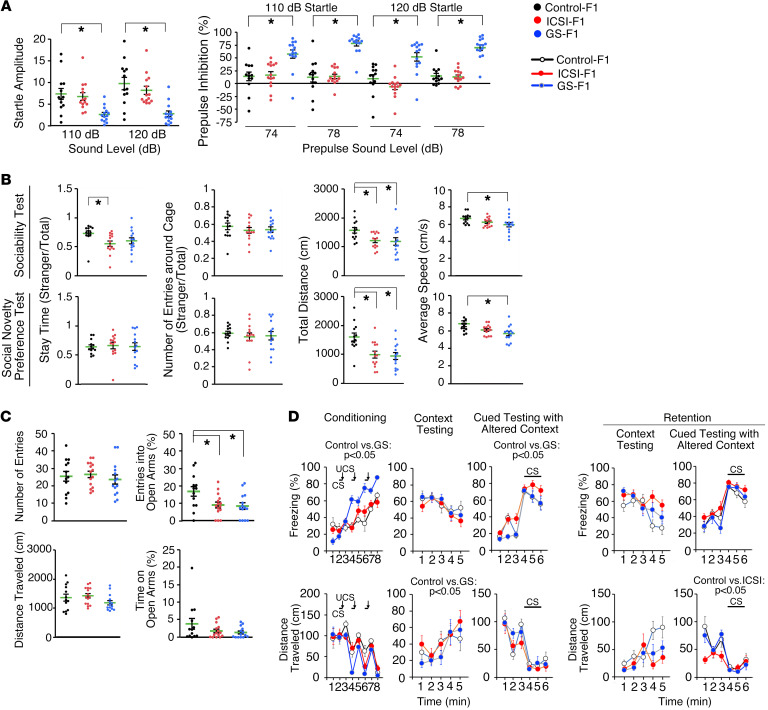Figure 2. Abnormal behavior of F1 offspring.
(A) Acoustic response and prepulse inhibition test. (B) Three-chamber social approach test (Crawley version). In the sociability test, time spent in or around the chamber with an empty cage, the center cage, and the chamber with a stranger mouse (stranger 1) were recorded. In the social novelty preference test, time spent in or around the chamber with a stranger mouse (stranger 1), the center cage, and the chamber with a novel stranger mouse (stranger 2) were recorded. (C) Elevated plus maze test. (D) Cued and contextual fear conditioning test. The number of mice analyzed is as follows: (A and B) n = 13 for control, n = 14 for ICSI-F1, and n = 14 for GS-F1; (C) n = 13 for control, n = 15 for ICSI-F1, and n = 14 for GS-F1; and (D) n = 13 for control, n = 14 for ICSI-F1, and n = 13 for GS-F1. *P < 0.05, 1-way ANOVA (mouse type) or 2-way repeated measures ANOVA (mouse type, 2-way interaction [e.g., mouse type time interaction]). CS, conditioned stimulus; UCS, unconditioned stimulus. See Supplemental Methods and Supplemental Tables 4 and 5 for details.

